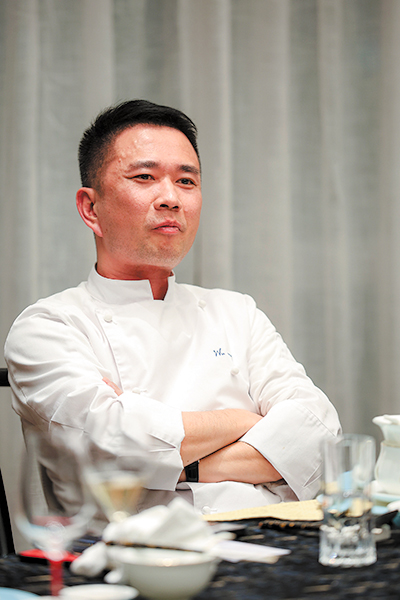

Fusion in cuisine
According to Zheng Hui, founder and president of the Xiamen Culinary Association, the evolution of Fujian cuisine is tied to the blending of cultural influences. As the starting point of the Maritime Silk Road, Quanzhou has played a significant role in shaping the culinary culture of Fujian cuisine.
"Fujian cuisine embraces flavors from both the north and south, as well as Southeast Asia. Its proximity to Guangdong has introduced influences from Cantonese cuisine, and it has also adopted some cooking methods from the cuisine of nearby Zhejiang province," explains Zheng.
"Fujian is blessed with abundant ingredients, thanks to its mountains and seas. This means we have access to both mountain specialties and fresh seafood. The long coastline contributes to the availability of delicious seafood, and many rivers with fresh ingredients, too."
Fujian cuisine is often associated with soups, and Zheng believes that soup-based dishes are not only delicious but also healthy, as the dishes emphasize a balanced nutritional approach. "Fujian cuisine places a strong emphasis on nutrition by using less oil, salt and sugar while ensuring great taste," he adds.
In recent years, the province's aquaculture industry has flourished, with ingredients such as abalone, sea cucumber, and large yellow croaker from Ningde gaining popularity nationwide. This trend has also accelerated the recognition of Fujian cuisine across the country.
"For example, take the case of large yellow croaker. Previously, overfishing led to a decline in numbers, but with better practices, artificially bred large yellow croakers are gradually increasing in numbers. We also release many into the wild to restore their population," Zheng says. "Production has recovered in recent years, and meets demand across the country. In Fujian and Zhejiang, a feast without large yellow croaker is considered incomplete."